MORE SALAMANDER TITLES
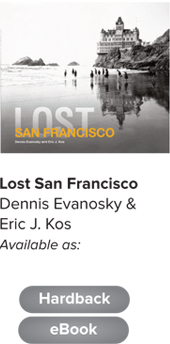
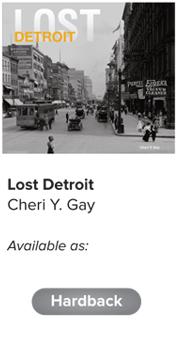
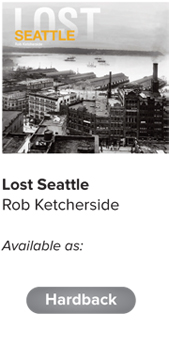
 www.anovabooks.com
www.anovabooks.com
LOST NEW YORK
Like a parallel universe, an entire city could be formed with the lost buildings of New York Citys past. Lost New York is a walk through this virtual metropolis. More than an architectural tour, it is a fascinating view of the citys ever-changing landscape and way of life, from magnificent buildings like Penn Station and the glorious mansions of the Gilded Age to trolleys, diners, racetracks and baseball parks that now exist only in photographs.
Filled with intriguing photographs on every page, the book illustrates both the citys distant and recent past, from the mid-nineteenth century through the first decade of the twenty-first. It follows a chronology of constant change, charting the years when the major features of the city were destroyed, altered or abandoned. Forests of tall-masted ships, horse-drawn carriages and massive train terminals gave way to cars and trucks. Dazzling amusement parks and luxurious resorts in Coney Island, the great Worlds Fair of 1939, rock n roll palaces, and many romantic features of Central Park are now only memories. Buildings that have become icons of the New York cityscape hide an earlier history, like that of the first Waldorf-Astoria, the worlds largest and most opulent hotel that once stood on the site of the Empire State Building.
These lost places are interwoven with engrossing stories of the multi-millionaires, robber barons, artists, engineers and entrepreneurs who shaped New York. They are a record of historic events, of disasters like the sinking of the Normandie at a Manhattan pier, and the world-shaking tragedy of the World Trade Center. The dynamic forces that created New York left a trail of memorable yet neglected history as amazing as the city today. Rediscover it in Lost New York.
Marcia Reiss is the author of seven books about New York history and architecture including the best-selling New York Then and Now. Her most recent works include New York City at Night and Central Park Then and Now, as well as a series of guides to historic Brooklyn neighbourhoods. She was Policy Director of the Parks Council, now New Yorkers for Parks, and previousy Public Affairs Director for the New York City Department of Ports and Trade. She also taught at Columbia University and Hunter College, and was a reporter for the Brooklyn Phoenix and the Seafarer's Log. She and her husband have lived in several buildings in Manhattan and Brooklyn as old as the ones in Lost New York. Fortunately, non are lost. They now live in an 1840s farmhouse in upstate New York.
Picture credit
Front cover: Penn Station (Library of Congress)
To Charlie, my unfailing source of knowledge and support.
Bibliography
Blackmar, Elizabeth, and Rosenzweig, Roy, The Park and the People: A History of Central Park (Cornell University Press, 1992)
Burrows, Edwin G., and Wallace, Mike, Gotham: A History of New York City to 1898 (Oxford University Press, 2001)
Bunker, John G., Harbor & Haven: An Illustrated History of the Port of New York (Windsor Publications, 1979)
Caro, Robert A., The Power Broker (Vintage, 1975)
Goldberger, Paul, The Skyscraper (Alfred A. Knopf, 1989)
Hawes, Elizabeth, New York, New York: How the Apartment House Transformed the Life of the City (Alfred A. Knopf, 1993)
Jackson, Kenneth T. (ed.), The Encyclopedia of New York City (Yale University Press, 1995)
Johnson, Harry, and Lightfoot, Frederick S., Maritime New York in Nineteenth-Century Photographs (Dover Publications Inc., 1980)
Lopate, Phillip, Waterfront: A Walk Around Manhattan (Anchor Books, 2005)
Lowe, David Garard, Stanford Whites New York (Watson-Guptill Publications, 1999)
McCullough, David, The Great Bridge: The Epic Story of the Building of the Brooklyn Bridge (Simon & Schuster, 1972)
Miller, Sara Ceder, Central Park, An American Masterpiece (Harry N. Abrams, Inc., 2003)
Paterson, Jerry E., Fifth Avenue: The Best Address (Rizzoli International Publications, 1998)
Snyder-Grenier, Ellen M., Brooklyn! An Illustrated History (Temple University Press, 1996)
Snow, Richard, Coney Island: A Postcard Journey to the City of Fire (Brightwaters Press, 1984)
Stern, Robert A.M., Fishman, David, and Mellins, Thomas, New York 1880 (Monacelli Press, 1999); and New York 1960 (Monacelli Press, 1997)
Stern, Robert A.M., Gilmartin, Gregory, and Massengale, John, New York 1900 (Rizzoli International Publications, 1983)
Stern, Robert A.M., Gilmartin, Gregory, and Mellins, Thomas, New York 1930 (Rizzoli International Publications, 1987)
Stern, Robert A.M., Fishman, David, and Tilove, Jacob, New York 2000 (Monacelli Press, 2000)
Wist, Ronda, On Fifth Avenue: Then and Now (Carol Publishing Corporation, 1992)
Front cover
Penn Station (Library of Congress)
First published in the United Kingdom in 2011 by
PAVILION BOOKS
10 Southcombe Street, London W14 0RA
An imprint of Anova Books Company Ltd
Anova Books, 2011
All rights reserved. No part of this publication may be reproduced, stored in a retrieval system, or transmitted in any form or by any means electronic, mechanical, photocopying, recording or otherwise, without the prior written permission of the copyright owner.
First eBook publication 2013
ISBN 978-1-909815-23-0
Also available in hardback
ISBN: 978-1-86205-935-1
This book can be ordered directly from the publisher
at www.anovabooks.com, or try your local bookshop.
Picture credits
All page numbers refer to the print edition of this title.
Library of Congress: 67, 9, 12, 13, 14 (above), 1621, 22 (right), 23, 2628, 30 (above), 31, 32, 33 (right), 3436, 38 (left), 39, 41, 42 (above), 43, 44, 46 (bottom), 47, 49 (top left), 5051, 53 (bottom), 54 (right top and bottom), 58 (bottom), 5961, 6465, 66 (left), 67, 70 (left), 7172, 73 (right), 7681, 82 (right), 83, 85 (left and right), 8688, 89 (bottom), 90 (left and right bottom), 9496, 97 (left and center), 98 (center and right), 100101, 102 (left and center top), 105 (left), 106 (above), 108109, 110 (left and center), 111, 113, 114 (left), 118 (bottom), 119120, 221 (left), 122123, 126 (right), 137139.
Corbis: 8, 10, 14 (right), 24, 29, 30 (below), 33 (left), 38 (right), 40, 42 (below and top right), 48, 49 (top right and bottom), 52, 53 (top left and right), 55, 57 (left), 58 (top left and right), 63, 66 (right), 68, 70 (right), 73 (left), 75, 82 (left), 89 (left and top), 90 (top), 9192, 93 (left and right bottom), 97 (right), 98 (left), 99, 102 (right and center bottom), 103104, 106 (bottom right), 107, 110 (right), 112, 116, 117 (left), 118 (top), 124125, 127128, 132, 133 (right), 135136, 142143.
Getty images: 15, 22 (left), 45, 54 (left), 56, 62 (right), 105 (right), 114 (right), 115, 117 (right), 126 (left), 129 (left), 130131, 134, 140.
Anova Image Library: 46 (top), 57 (right), 62 (left), 69, 74, 93 (top), 106 (left), 121 (right), 129 (right), 133 (left and center), 141.
New York Historical Society: 11, 25, 37.
Next page
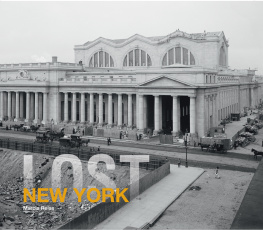

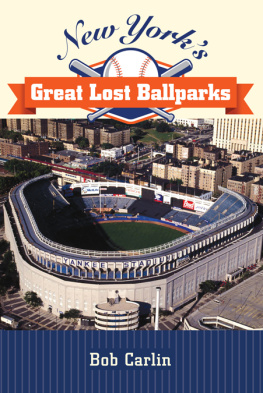
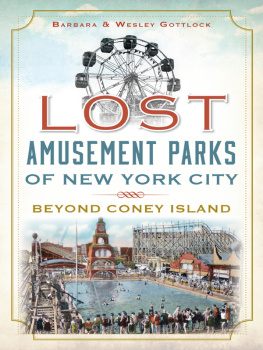
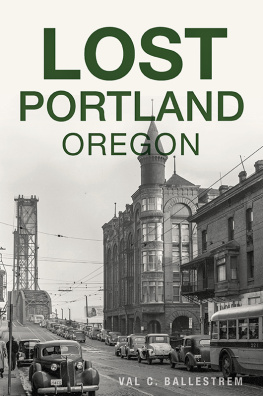

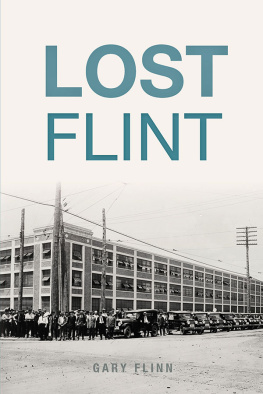

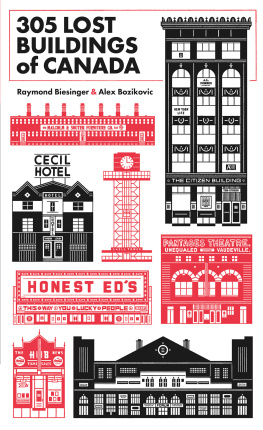
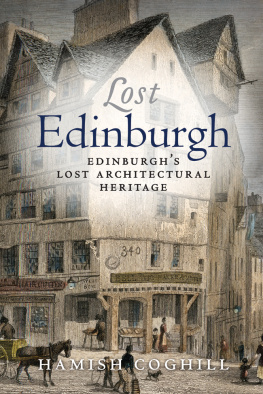

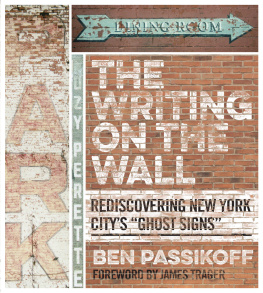
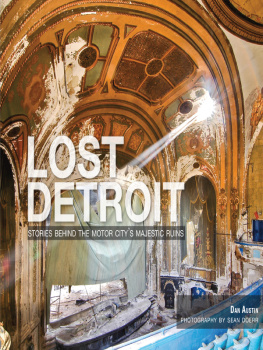



 www.anovabooks.com
www.anovabooks.com